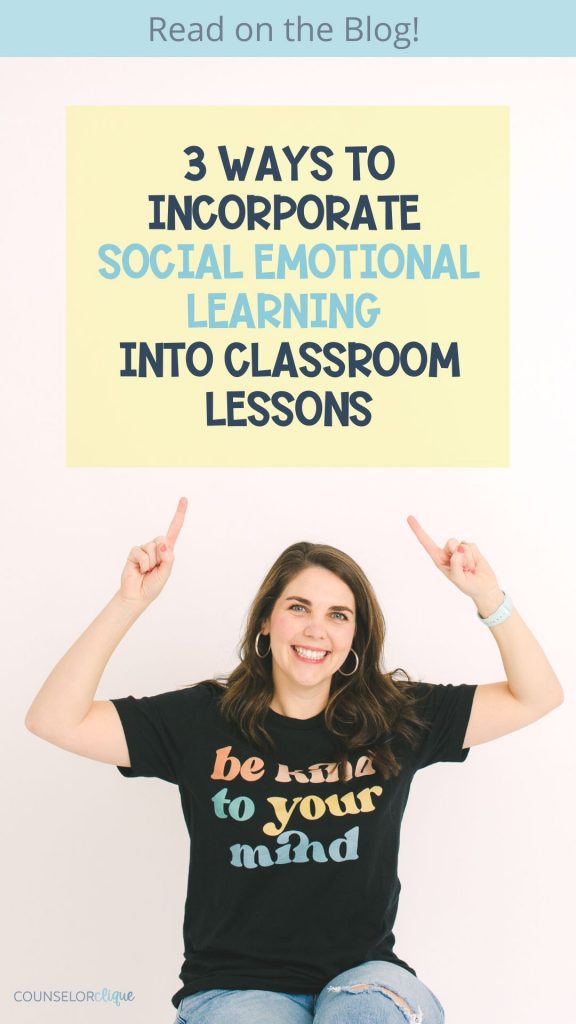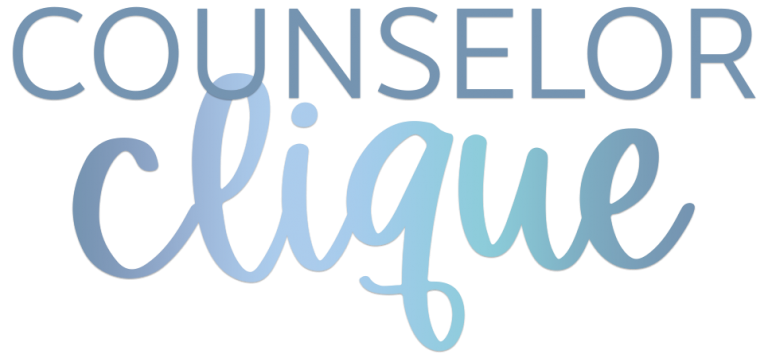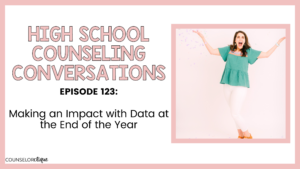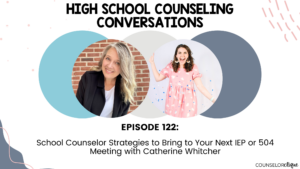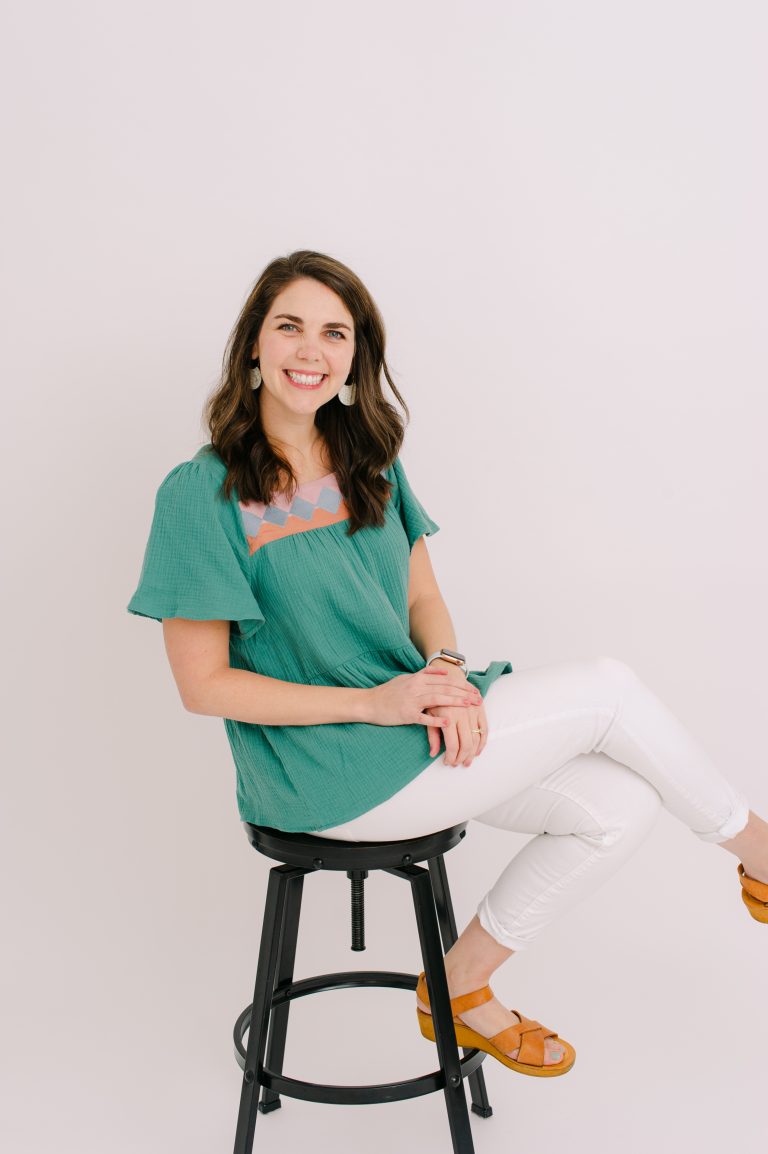You and I both know social emotional learning is important. With your high school counselor training and experience, this is right in your wheelhouse. However, with the pressures of academic classroom lessons, scholarships, post-secondary life, transitions to college and life and beyond, let’s face it… Social emotional learning is easily pushed to the back burner. But I’m here to bring it back to the forefront and help you consider how to turn your social emotional learning initiatives from reactive to proactive.
(And because I’m super passionate about the topic, I have a whole social emotional resource bank for you to check out, too!)
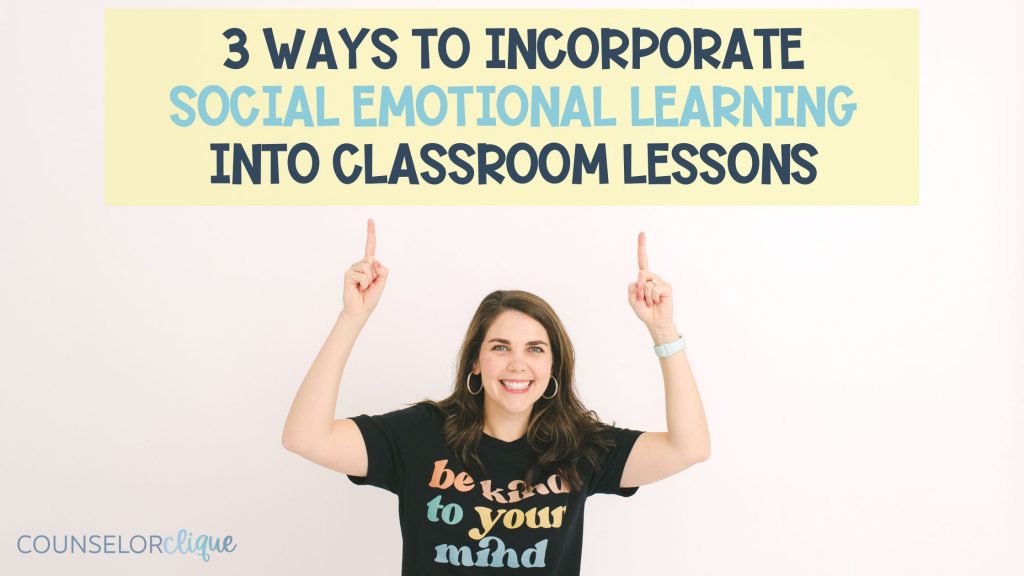
1- Consult with teachers for social emotional topic ideas
Your teachers know your students so well and they are your in to implementing social emotional initiatives at your school. Social emotional learning (SEL) is one of those things being piled onto teachers’ plates, except they can’t seem to find the time or resources to champion the cause in a way that truly benefits students (more thoughts on bringing SEL into the core curriculum here.) This is where you come in! You already have the expertise for this to be the perfect partnership.
One idea is to start with a formal needs assessment or survey to send out to your teachers. Poll teachers on issues they see in their classrooms, student conversations they hear in passing, and information they’ve collected through their personal relationships with students. Compare notes as you consider teacher referrals and your own counseling sessions and watch as key needs rise to the top. These are the things you can work together to tackle head-on.
Use relationships you already have with teachers to overcome the “imposter syndrome.” You have valuable ideas to bring to the table and they belong in the classroom! You could come in and co-teach a lesson with one of your teachers. Brainstorm ways you can work together to build these important lessons into the classroom setting. Ask to teach a lesson on a day that they know they’re going to be absent. You want to be a partner and a resource, not a thorn in their side giving them extra work. This is a classic “help me help you” scenario. Find more info on building teacher buy-in with your counseling program in this blog post.
2- Draw social emotional student needs data from a needs assessment
Once you have your teacher buy-in, it’s time to turn to your students. Start with the ASCA Student Standards: Mindsets and Behaviors for Student Success. This is an incredible resource for social emotional development with standards built on a survey of research and best practices in student achievement.
You’ll want to create lessons based on student needs. Give students topics and let them rate what they want to learn about. They will naturally be excited about topics that they were able to hand-select. Send out a Google Form to gather baseline data to either set goals from or measure your students’ confidence (or lack thereof) in any specific area. As you’re gathering data from students, consider what you’re passionate about. The real magic happens when student needs collide with what you’re excited to talk about, too!
In my personal experience, here are some topics students love: communicating feelings, goal setting, and healthy relationships (linking out to specific classroom lessons already built out for you in my TpT store). And because I’m your classroom lesson fan girl, here is a link to all my classroom lessons aimed at making your job even easier.
3- Incorporate social emotional lessons through a whole-school advisory program
If the idea of building out a school advisory program is making your blood pressure rise, trust me when I say that you already have the skills for this. You are equipped in social emotional learning, and you’re a great listener. Now, it’s just taking those skills and serving them up to be used effectively in the classroom setting and to reach more students.
The first part of an effective advisory program is getting principal buy-in before you can push a program out to teachers. The best way to do that? Data. Show your principal the cold hard facts about student detentions and graduation rates and how your program targets these issues directly. You know I’m a huge data guru and love providing resources on building data collection into your counseling program. Here’s how to do this without overthinking it.
Once you get past the principal hurdle, build upon teacher buy-in with ample professional development. Again, you want to position yourself as a partner and a resource. Consider creating lesson plans for your teachers. Offer to model lessons ahead of time or co-facilitate lessons alongside your teachers. Be aware of your teachers’ cultural competency and adapt your professional development accordingly. If teachers have a different background than their students, build out PD programs on how to not relate to and encourage rather than stifle a student’s culture. Check out this podcast episode for all you need to know about advisory programs.
While an advisory program is an awesome avenue for bringing social emotional learning into the classroom, it’s okay to also start small. Give yourself room to grow and try new things. Loosen the reigns, lower the standards, and take some pressure off of yourself. It’s okay to start with a health class or psychology class or another elective. Come in with a confident game plan and assure teachers that you can be a helpful resource and that you really are in it to use your expertise to make their lives easier.
You know when it comes to implementing powerful, effective, difference-making counseling programs, I’m your number one fan. Gain access to exclusive resources, professional development, and a growing community of school counselors by joining the Clique Collab membership — doors open January 18!
And while you’re waiting to become a Clique Collab member, grab this stress management freebie and immediately implement a fun, creative, and hands-on resource with your students. Happy Counseling!
